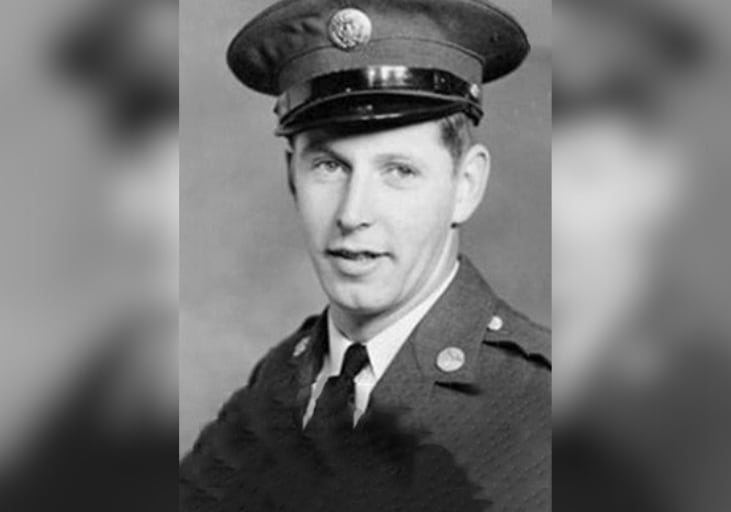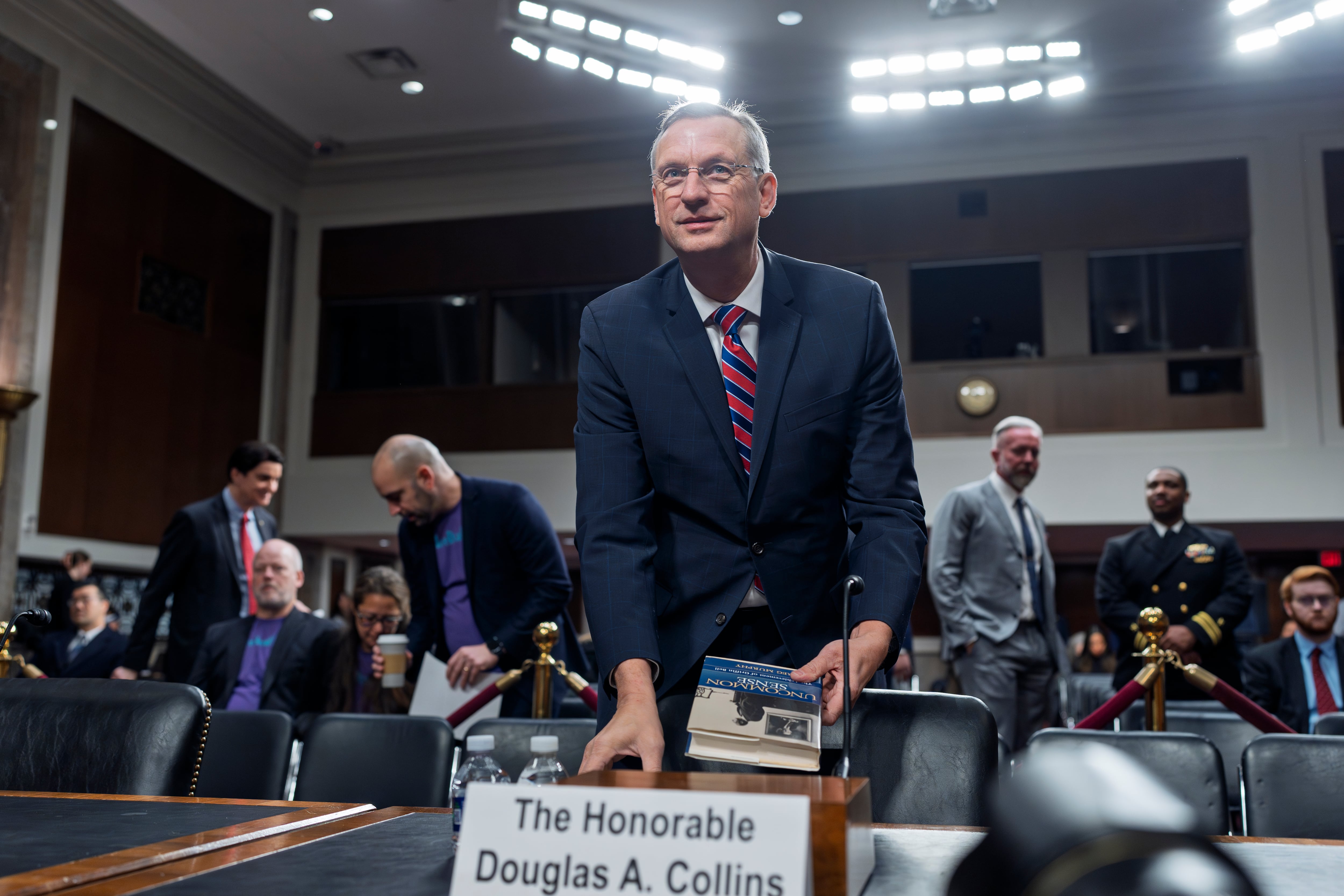WASHINGTON — Army Under Secretary Ryan McCarthy has helped spearhead transformation within the service to better position the Army for conflict with peer adversaries. The new four-star Army Futures Command has shaken up the force and its process for acquiring new weapon systems. But leadership has also taken deep dives into programs and methods of doing business.
Defense News sat down with McCarthy to discuss those efforts in a recent interview ahead of the Association of the U.S. Army’s annual conference.
What are some of the major organizational changes being made as Army Futures Command takes shape?
The [Army Capabilities Integration Center] will by the end of the fall be in place under Futures Command, and then into next spring the move for Research Development Engineering Command. So those are the two major building blocks of the command that will be moved and transitioned, if you will.
Those are the two biggest, I called it before like the pillars of the command, if you will.
How will you work with the acquisitions branch of the Army? It appears the acquisition military deputy will directly work with the AFC commander and the acquisition chief.
He will work with [Futures Command commander] Gen. [John] Murray as kind of an adviser or a link to the command. We really wanted to do this so we could draw those two communities as close together as possible to continue to work and improve upon a collaboration between the teams because of them reporting directly to Dr. [Bruce] Jette, [the assistant secretary of the Army for acquisition, logistics and technology]. So much of it is just that requirement leader and that PM side by side working tradeoffs. The push of this was just to make it more of like a football team instead of a baseball team or a 4x100 relay team because everybody always says: “Well, when are you going to hand off the baton or transition?” Never, they’re shoulder to shoulder and they work the problem set every day — they are like an offensive line.
We want to change that kind of mindset so that there’s more collaboration and more fusion as opposed to “emailing it, then I’ll take it from here” kind of thing. I mean, we don’t ever want that.
The more tightly coupled we work that in strategy, we will be able to pull things forward faster and see how that fits within the formations.
Will there need to be changes to the Joint Capabilities and Integration and Development System process to align with the AFC’s modernization goals and efforts?
Not that I know of yet. I’d say personally I think, I hope, that it will improve our ability to execute in the JCIDS process. But I would not venture to say that I have enough fidelity on that.
How will the Army transition legacy platforms to a modernized fleet by 2028?
One of the things that we do in the [Training and Doctrine Command] organization is we look at future and potential scenarios and we look at how we line up against those potential scenarios. So that is looking at how do you validate an investment or a series of investments, but then how does it all fit together. That’s one way that we do it.
Then that helps inform you of choices that you have to make. It’s ultimately how you continue to sharpen the rigor behind your analysis, and then the choices that you make for the signature systems from the materiel standpoint into those six priorities.
We have about 21 systems within there, and the more you do this, this analytical rigor, or forecasting, and modeling, it helps you make determinations of a new capability versus an existing legacy platform, and that’s how we’ll come back to say: “We can divest X because we’re investing against Y.” But if the technology isn’t mature, you have to go for an upgrade or an incremental upgrade or make the big push for a game-changing technology.
Army leadership started a process to take deep dives across programs to identify what can be cut or repurposed, and what is enduring. Can you describe those efforts?
That was senior leader-driven. We had all four of us in this hallway, the secretary, chief, the vice and myself participate with all of the major commanders and senior secretariat and Army staff folks, principals only. We did reviews of the equipping peg. We’re in the process of manning and training, all of the others, sustainment, and so we are reviewing this at our level and making those requisite decisions.
In equipping, we did hundreds of programs almost. I think, yeah, almost all of them. I think we did all of them in equipping.
[The meetings] take place almost every other week, I would say dozens and dozens of hours that have been invested at a senior level. We’re trying to be as judicious as we can with every dollar that has been disposed by Congress. This is a way for us to put the highest level of rigor and prioritization that you could give for the [Defense] Department against our priorities because we know there is potential for contraction of the Budget Control Act. We will be ready for that no matter what because we are committed to financing our priorities and intend to do what we must.
Can you talk about your involvement in the Army budget office’s Command Accountability and Execution Review program that is geared to make the Army a better financial steward?
I think it’s working right now because they meet with Army Vice Chief Gen. James McConville about every other week. They’re getting all of the attention they could hope for. There is nothing like producing results when a leader invests the time. If leaders don’t get out and troop the lines and measure the productivity, it’s very difficult to maintain visibility and know how you’re performing.
That said, how do you make it institutional? It becomes an institutional behavior. Every opportunity I try to talk about those taxpayer dollars — those are like bullets, they’re precious. You want to maximize the utility of every dollar. It has to become culturally ingrained. It’s money in your own wallet for your family. We’re trying to do that. You go through the metrics of every command in the Army. You do it consistently, you change people’s behaviors. But the attitude of the leader reflects the leadership of the institution.
I think being able to utilize every dollar we have to invest against the Army, it is as important as anything I do.
I think that the [commanders] see the results. They see how it improves performance. I think you would inherently want to see that and want to recognize the importance of that. We have to reward the leaders that do well. We’re working on some ideas on how to do that, whether it’s promotions or something, because you see some leaders and then these commands — they come up with really innovative ideas of how to reduce the span time to get something on contract and get capability out the door. Because that’s what matters most.
I see various commands helping each other. You don’t want to make it about peer pressure and embarrass somebody. One of the things we try to do in the meeting is ask: “How do you need help?” It makes the tone of the meeting more about teamwork.
Jen Judson is an award-winning journalist covering land warfare for Defense News. She has also worked for Politico and Inside Defense. She holds a Master of Science degree in journalism from Boston University and a Bachelor of Arts degree from Kenyon College.





